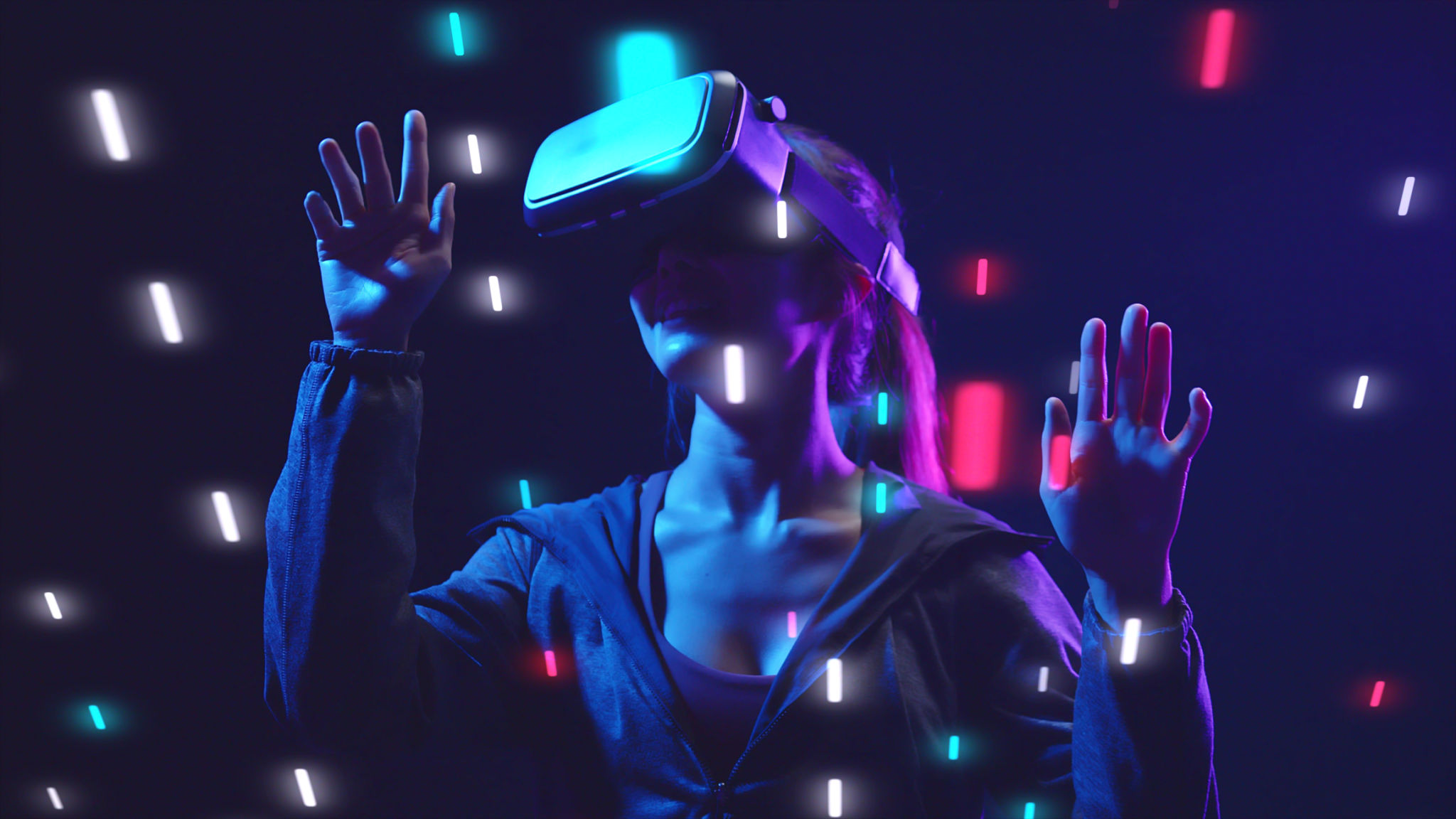Immersive Storytelling in VR: Techniques and Strategies
Understanding Immersive Storytelling in VR
As technology evolves, so does the way we tell stories. Virtual Reality (VR), with its ability to create completely immersive environments, offers a new frontier for storytelling. Immersive storytelling in VR is not just about telling a story through visuals and audio; it's about creating an experience that transports the user into another world. This form of storytelling is interactive, allowing the audience to become a part of the narrative.
Unlike traditional storytelling mediums, VR offers a 360-degree experience, where users can explore and interact with their surroundings. This adds a layer of depth and engagement that is unparalleled. As creators, understanding how to effectively utilize this medium can open up endless possibilities for narrative innovation.

Key Techniques for Effective VR Storytelling
One of the cornerstone techniques in VR storytelling is creating an environment that feels real and engaging. This involves meticulous attention to detail in designing the virtual world. From realistic textures to ambient sounds, every element should contribute to the overall atmosphere.
Another crucial technique is the use of spatial audio. In VR, sound plays a vital role in guiding the viewer's focus and enhancing the sense of presence. By strategically placing audio cues throughout the environment, storytellers can subtly influence where the audience looks and how they feel about a scene.
User Interaction and Engagement
User interaction is at the heart of immersive storytelling in VR. Allowing users to make choices or influence the narrative path can significantly enhance their engagement. This can be achieved through interactive elements like clickable objects or decision-making points within the story.

Moreover, providing feedback for user actions helps in maintaining immersion. When users interact with elements in the VR environment, there should be immediate, realistic reactions. This could be visual changes, auditory feedback, or narrative shifts that acknowledge the user's input.
Strategies for Crafting Compelling VR Narratives
To craft compelling narratives in VR, it's essential to focus on storytelling fundamentals while leveraging the unique capabilities of the technology. A well-structured plot with clear objectives and stakes is crucial. This provides a framework around which the immersive elements can be built.
- Character Development: Creating relatable and dynamic characters enhances emotional connection.
- Pacing: Balancing action and exploration keeps users engaged without overwhelming them.
- Theme Integration: Consistent themes help unify the story and resonate with the audience.

Challenges and Considerations
While VR offers exciting possibilities, it also presents unique challenges. The technology is still evolving, and not all users may have access to high-end VR setups. Creators must consider these limitations when designing their experiences, ensuring accessibility and a smooth user experience across different devices.
Additionally, there's a learning curve for both developers and users when it comes to interacting within a virtual space. Providing intuitive controls and clear instructions can help ease this transition, making the experience more enjoyable for all participants.
The Future of Immersive Storytelling
The future of immersive storytelling in VR is bright and full of potential. As technology advances, we'll likely see even more sophisticated tools and platforms for creating these experiences. With improvements in graphics, AI-driven narratives, and haptic feedback, the possibilities for storytelling will continue to expand.
For creators willing to explore this dynamic medium, now is an exciting time to experiment and innovate. By mastering the techniques and strategies of immersive storytelling in VR, they can transport audiences to worlds beyond imagination.
